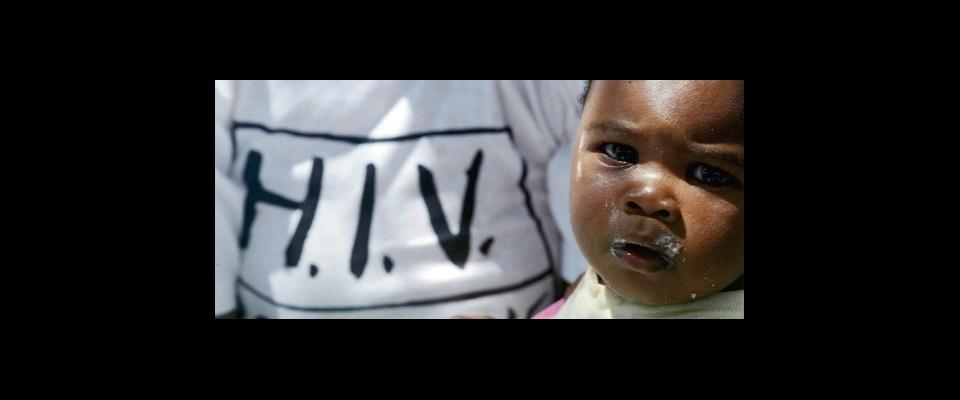Heat removes HIV from breast milk
Each year 2.2 million HIV-infected women give birth. If these new mothers choose to breastfeed, they face a heartbreaking decision: Try to treat the milk using one of two problematic methods or risk transmitting the disease.
In resource-poor regions like sub-Saharan Africa, which is home to almost two-thirds of all AIDS infections, breast milk is often the only reliable source of food for a newborn. About 40 percent of the 700,000 children infected with AIDS each year contract it through breastfeeding. Though formula is an alternative, it does not contain the antibodies in breast milk, is prohibitively expensive, and, when combined with unsafe water, can cause diarrhea and other potentially fatal complications.
Kiersten Israel-Ballard, a doctoral candidate at the School of Public Health, has developed a possible solution. With a team from UC Berkeley and UC Davis, Israel-Ballard is experimenting with using a simple flash-heating method to remove HIV from breast milk. This method is less costly and less time-consuming than pasteurization and boiling, two recommendations supported by the World Health Organization. Using samples from HIV-positive women, Israel-Ballard flash-heated breast milk in a glass jar placed in a water-filled pan over an open flame. The process eliminated the virus but retained the milk’s nutritional properties, often destroyed with the boiling method.
The next step is field-testing. “This not only focuses on HIV prevention, but it will also help stop malnutrition,” said Israel-Ballard by phone from Zimbabwe, where she is exploring potential future studies on the feasibility of flash-heating. “What we’d like to do is keep building on the results.”
From the September October 2007 Green Tech issue of California.




















